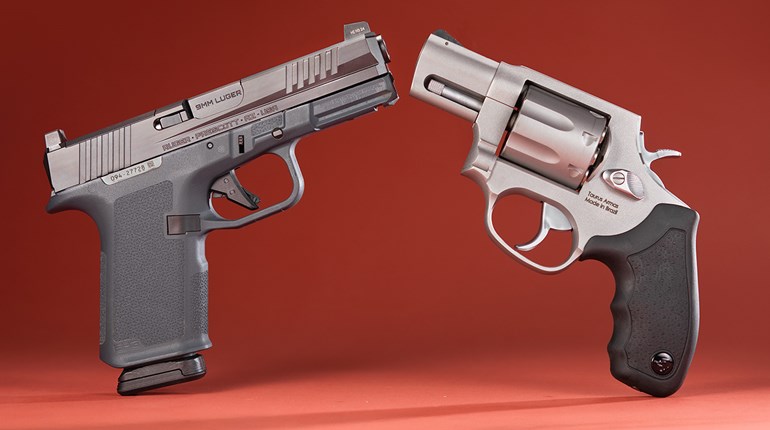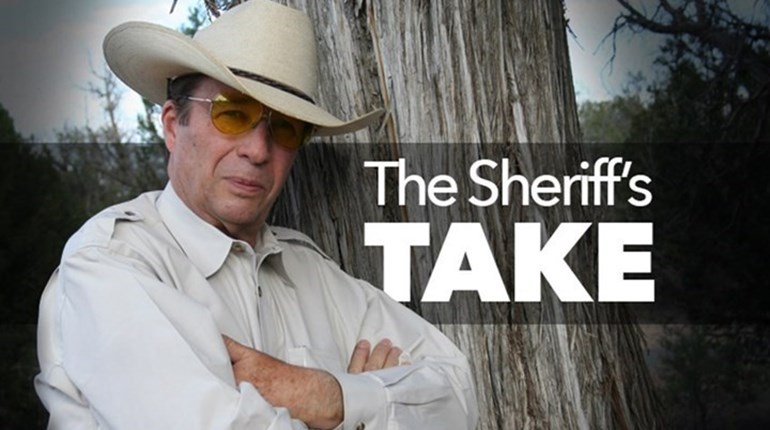
For several years now I have partnered with Mossberg’s Linda Powell to sponsor a team tactics class at Gunsite. The focus of this particular class has been for armed citizens and their partners as opposed to special police or military units. While our students have come with all sorts of backgrounds, the greatest challenge for the majority is to learn to communicate with that partner. Too often, in the heat of an armed altercation, our attempts at communication are misunderstood or not heard at all.
The first rule of communicating under this sort of stress is to keep our messages short and concise. Instead of telling your partner, “My gun is empty and I need to reload," you simply say, “Loading!” And it is important that your partner replies so that you know he/she heard you; and that reply could be a simple “Yes!” clear and concise.
It is critical that a person sit down with a partner and work out communication skills to deal with the sort of issues that might be faced. The location of an additional threat, the need to deal with a malfunction and/or the decision to advance or exit are the types of issues where communication is important.
Another thing to consider regarding communication is auditory exclusion. One of the things that happens to us when we are in the flight-or-fight mode is that our ear drums tighten up. As a result, we simply don’t hear sounds that we would ordinarily pick up. For example, gunshots from fairly nearby may sound like firecrackers being fired a half a mile away. For that reason, our verbal communications should not only be short, they should be loud.
In addition, there may be reasons that we don’t want to use verbal communication at all. In this case, partners need to agree on some simple hand signals that they both understand. Armed citizens certainly don’t need the long list of uniform hand signals such as the military uses. But they certainly need a set of hand signals that they both have agreed on and understand.
In short, the stress and confusion of a violent criminal attack is not the place to try to work up a system of communication. It should be worked up ahead of time and discussed as a critical part of the personal defense plan. It even extends to those partners, or family members, who choose not to be armed. They need to know what is going on and what is expected of them. An unarmed partner may go for help, may be the 9-1-1 contact, or they may create some sort of diversion.
It all comes down to working up a simple system of communication ahead of time.




































